Health Plan Price TransparencyLeveraging Transparency in Coverage Data to Reveal Actionable Information on Commercial Rates
The report analyzes health plan price transparency data to examine unexplainable differences in healthcare prices.
- Summary and Motivation
- Background
- Data and Methods
- Results
- Conclusion
Report Summary
The U.S. spends more on healthcare with worse results than any other country. In 2023, U.S. healthcare spending reached $4.9T, and employer-sponsored insurance was the most common type of insurance in the U.S., accounting for 53.7% of the population. Despite funding more than $1.4T in healthcare spending, employers have historically lacked access to the information needed to make informed healthcare benefits purchasing decisions.
In 2020, CMS issued the Transparency in Coverage (TiC) final rule, which requires health plans to disclose negotiated rates. However, the size and complexity of the TiC files have made it difficult for employers and researchers to leverage the data. Previous studies have reported state- or market-level average prices or non-intuitive measures that have limited practical utility for employers or policymakers and are meaningless to consumers.
In contrast, this report, Health Plan Price Transparency: Leveraging Transparency in Coverage Data to Reveal Actionable Information on Commercial Rates, presents real dollar amounts that reflect the absolute differences in facility-level negotiated rates for specific procedures.
The data used in this report includes negotiated rates for 2,659 hospitals and 3,491 ambulatory surgery centers across all 50 states and the District of Columbia and is likely representative of 50 million commercial lives and 27% of insurer market share.
Key Takeaways
- Commercially insured patients across the country pay widely varying amounts for the same procedure, the costs of which are primarily underwritten by employers. Across six inpatient procedures, negotiated rates varied by an average ratio of 9.1 across the country.
- Different payers negotiate very different amounts for the same procedure at the same hospital. Across six inpatient procedures, the average difference in price between the Aetna and UHC negotiated rate ($15,366) was equivalent to 30.0% of the average median procedure price.
- Within a sample of 10 hospitals that have been featured on various “best hospital” lists, there was no observable correlation between aggregate measures of cost and quality.
- Across the five outpatient surgeries that were examined, the national median surgery center rate was always lower than the median rate for hospital outpatient departments.
Data Source
The February 2025 and April 2025 health plan price transparency machine-readable files were downloaded from the Aetna and UnitedHealthcare (UHC) TiC websites, respectively. Equivalent to more than 20 terabytes of data, these files include raw, in-network rate information for every combination of billable code, rendering provider and site of service.
These files were then ingested into Trilliant Health’s health plan price transparency (HPPT) dataset. During this process, the raw data is cleaned to ensure relevancy and accuracy. For this analysis, we removed percent of charge and per diem rates and excluded rates below the Medicare reimbursement rate. We also used Trilliant Health’s national all-payer claims database to eliminate rates that are reported for professionals, institutions and organizations who have never, and will never, provide certain services, known as a “zombie rate.”
The Trilliant Health HPPT dataset was then used to identify in-network negotiated rates for Aetna and UHC, defined as the price that a health insurance plan has agreed to pay a healthcare facility for a specific service. This price, or institutional fee, includes amounts paid by the health plan and any amounts due from the patient, such as deductibles, copayments and coinsurance. The data used in this report includes negotiated rates for 2,659 hospitals and 3,491 ambulatory surgery centers across all 50 states and the District of Columbia and is likely representative of 50 million commercial lives and 27% of insurer market share (UnitedHealthcare, 2024; Virtua Research, 2025; Guardado et al, 2023).
About the Author
.png?width=80&height=80&name=Mask%20group%20(1).png)











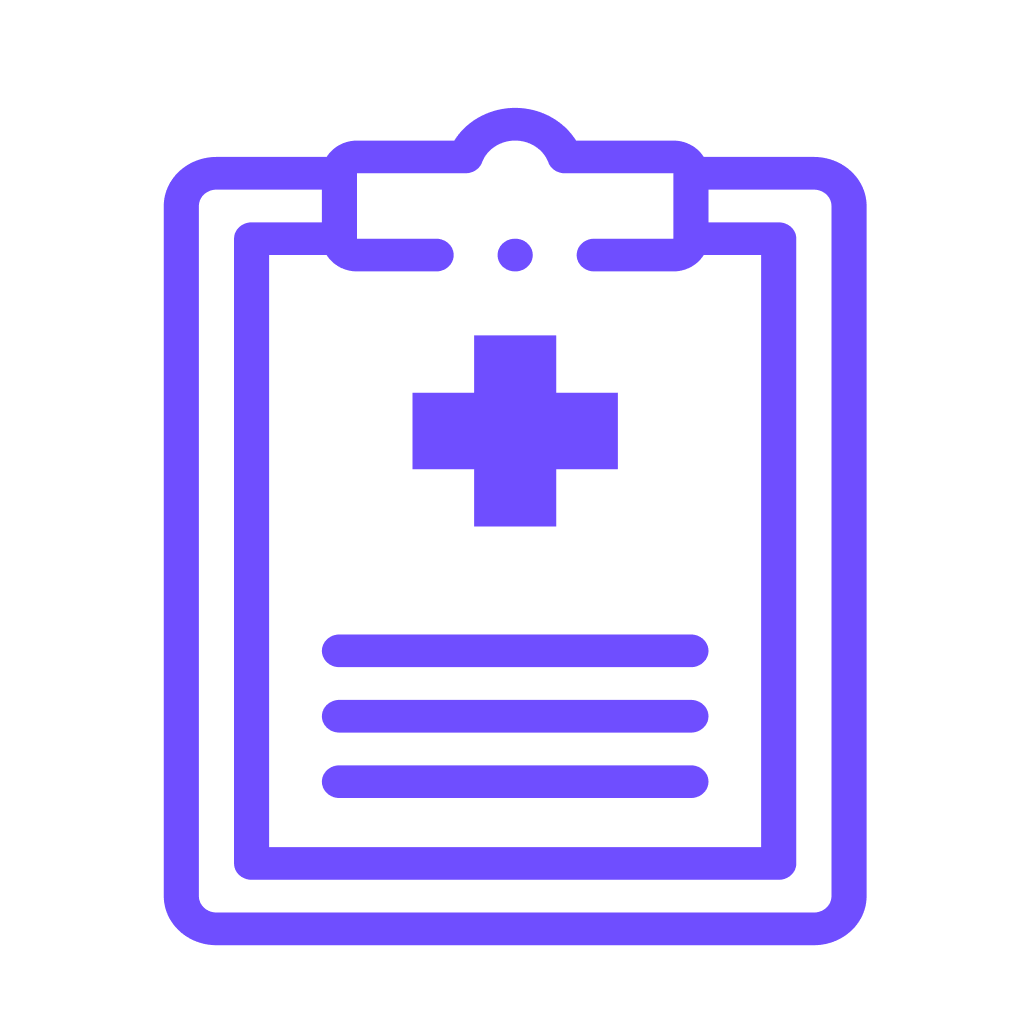
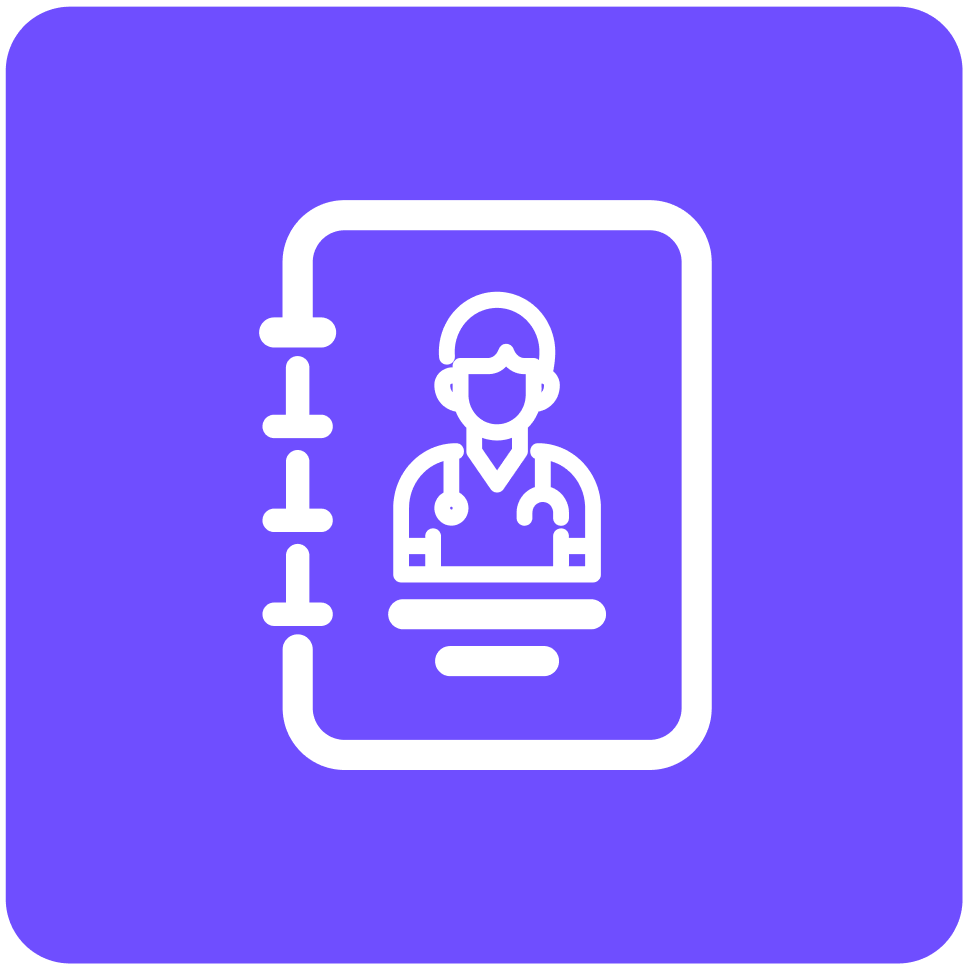
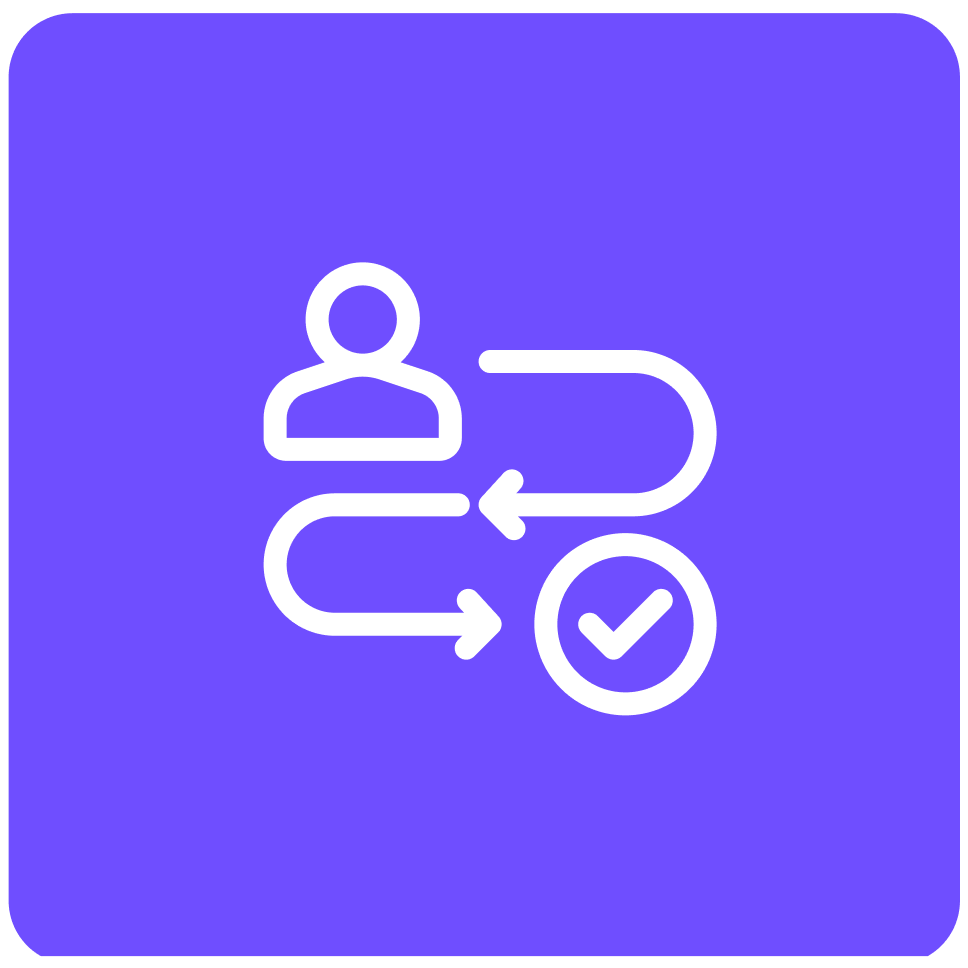



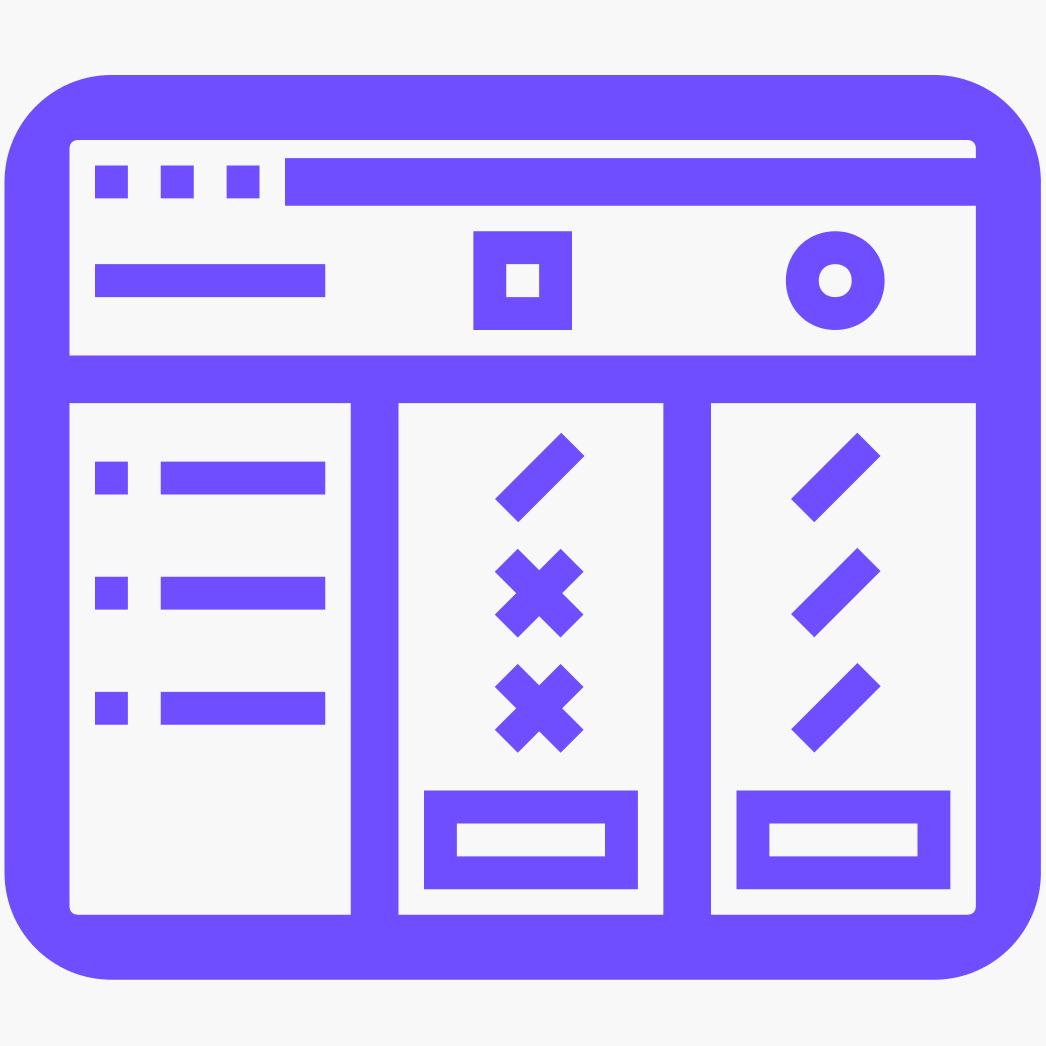

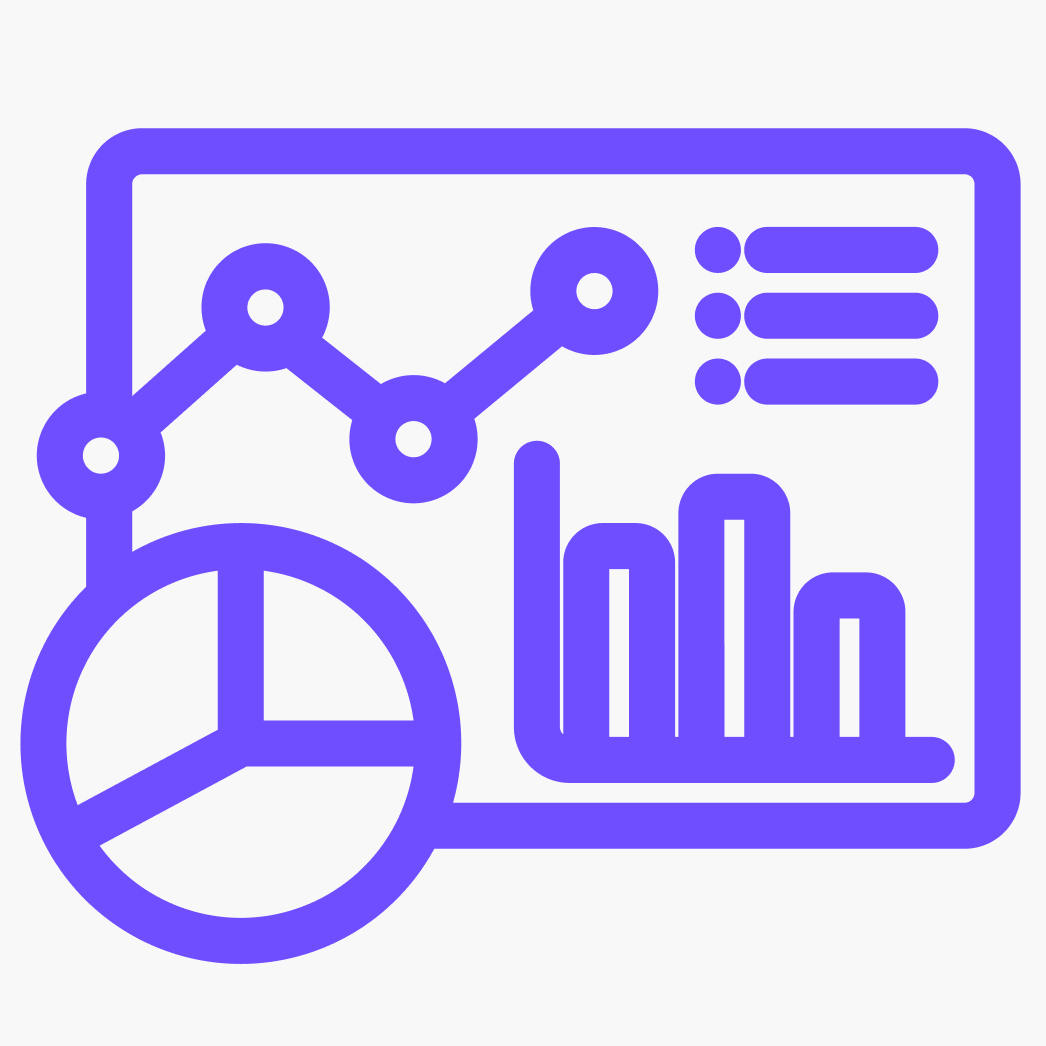


.png)

















.png?width=171&height=239&name=2025%20Trends%20Report%20Nav%20(1).png)

.png)